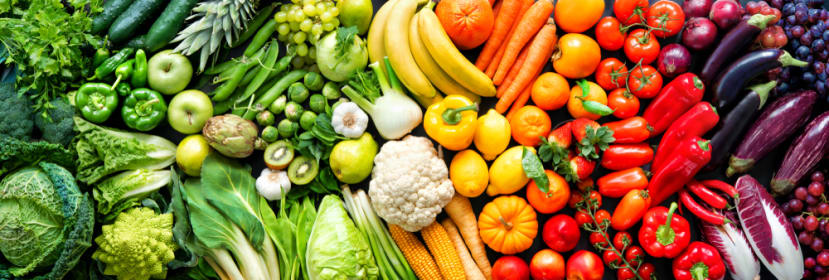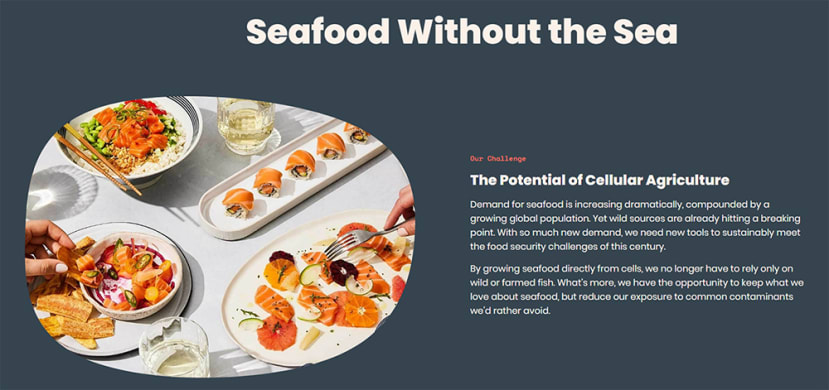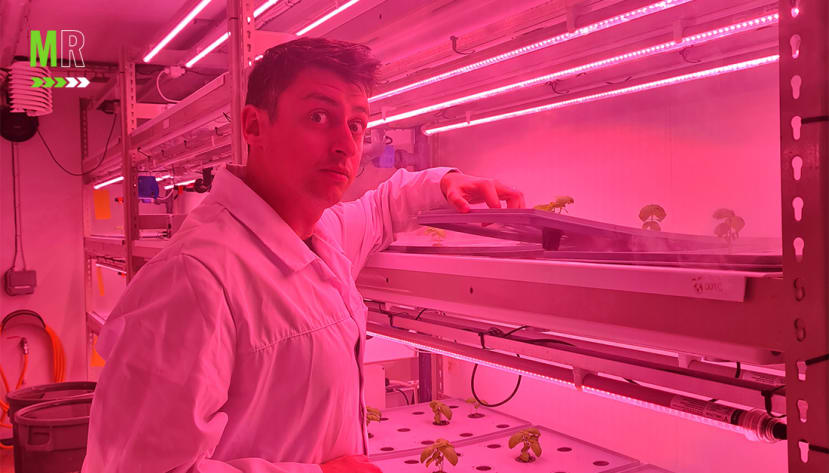Can we engineer our food to be better?
Follow articleHow do you feel about this article? Help us to provide better content for you.
Thank you! Your feedback has been received.
There was a problem submitting your feedback, please try again later.
What do you think of this article?
Food for thought
Back in 1668, the first pineapple appeared in Britain and was considered to be a sign of wealth and luxury. Hailing from a distant land, this exotic fruit retained its grandiose reputation throughout the Georgian era, with many owners opting to display the fruit as ornaments rather than eat it, due to its high-value[1].
Who’d have thought? Now we take it for granted that we can pick one up easily, whatever time of year. In fact, the same goes for mangoes, avocados, bananas – the list is endless. The point is, that with our endless supermarkets and global supply chain, we have access to more varieties of food than ever before, regardless of seasonality and country of origin.
We also produce and consume more food than ever before - and yet, with the world’s population set to expand to nearly 10 billion people by 2050, the World Resources Institute predicts a big shortfall in the amount of food needed to cover the extra mouths to feed[2].
Why? Because food requires farming, whether that’s plants or animals - using land, water and labour – all in short supply. As incomes rise, so will the increase in more resource-intensive, animal-based foods. So, the challenge is, how can we produce our food in a more sustainable and responsible way, to safeguard our future?
Why care?
How we produce our food and consume it is one of the biggest contributors to climate change.
Our food systems are responsible for:
- roughly 30% of global greenhouse gas emissions
- driving deforestation
- soil degradation
- loss of habitats
- water pollution
- destruction of wildlife
…and the list goes on.
Also, most farmers use pesticides and fertilisers to help kill off bugs and diseases, as well as help the growth of crops. Actually, 19% of agricultural emissions come from fertilizers, with only 50% of the nitrogen used being absorbed by the crops[3] and the rest lost in the atmosphere or as runoff. This can also harm the environment through the pollution of streams and rivers, entering the food chain through plants and fish.
And meat doesn’t fare any better - did you know that livestock is responsible for more methane emissions per year, than the oil, gas and coal industries[4].
Beef is the biggest offender when it comes to waging war against climate change. It requires twenty-eight times more land, six times more fertiliser and eleven times more water than other animals to produce[5] - and let’s not mention the methane emissions with those ‘cow burps’!
So, it’s clear that our food systems impact the environment, climate change and people.
The way forward
We have seen a huge surge in plant-based products and veganism over the last ten years and this certainly offers an alternative for a greener choice, (in the UK alone we slaughter over 1 billion animals for food every year[6]). However, there are organisations out there looking at more radical and innovative ways to produce our food more sustainably – re-engineering our food, in fact – which is the topic of DesignSpark’s podcast Hungry to Innovate.
You’ll be fascinated to learn about a California-based company called ‘Wildtype’[7], who are taking real salmon cells and reproducing them to produce ‘clean’ sushi products. Yes, I know, sounds a bit like Frankenstein, but this type of technology has been used for decades for organ transplants and vaccine development. They were able to start the process by harvesting a small number of cells from one fish, giving them the nutrients that a normal fish would have and placing them in tanks to reproduce outside of the fish. Amazing stuff!
(c) Wildtype - Seafood without the Sea
This cellular agriculture allows them to make products free from those ‘extras’ often present in traditionally farmed seafood, such as mercury and microplastics. What’s more, the salmon they produce has the same taste and texture as wild salmon, doesn’t deplete the natural resources and has significantly lower carbon and water usage than the traditional seafood industry – by the way, the fishing industry produces more emissions per year than the global airline industry - just saying.
It's still a relatively new concept, with Wildtype opening its first pilot facility in San Francisco, but you can find out more about their future plans in the podcast.
The hanging gardens of Babylon?
I’ve mentioned how farming is land-hungry and labour-intensive, well the podcast also shines a light on another alternative – the vertical farm.
‘Lettus Grow’ is a company looking at a much more sustainable way of growing food using aeroponic technology[8]. Their system can grow twice as much plants as hydroponics, and uses no soil, no pesticides, less water and fertiliser compared to indoor farming – allowing food to be grown close to where it will be consumed – so there’s the carbon reduction as well.
In the podcast, you’ll find out how the process works and why it can help in some of the climatic crises we are encountering more often, like flooding and heat waves.
To bee or not to bee
For all those innovators out there, you may be interested to learn about the Robo Royale project[9]. Led by Durham University, this project encompasses miniature robotics, AI and machine learning to create robotic bees that interact with honeybee queens to help stimulate egg laying. How? Well, these little robots will learn how to groom the queen and feed her protein-rich foods at just the right time to boost egg laying.
This process, if successful, will promote healthier bee colonies and improve pollination – and we all know how important bees are for our environment and plant life.
Sounds like science fiction – but it’s happening!
However we get there, it’s obvious that we need to do more to create a more sustainable and healthy food system for our future. In 2021 the UK government published its Net Zero Strategy, with a proposal of what needs to happen to reach net zero emissions by 2050. There’s a lot of work to be done, but they also passed the Environment Act as well - setting out legally binding targets to protect nature and eliminate illegal deforestation.
It’s a start, but whichever way you look at it, the food system and supply chain will have a crucial role to play in helping to achieve this.
For more information, you can read the WWF’s full report on how diet can help the transition to net zero here: Eating for Net Zero (wwf.org.uk)
Sources:
[1] https://www.fruitnet.com/fresh-produce-journal/why-the-pineapple-was-once-a-symbol-of-wealth/180527.article
[2] How to Sustainably Feed 10 Billion People by 2050, in 21 Charts | World Resources Institute (wri.org)
[3] How to Sustainably Feed 10 Billion People by 2050, in 21 Charts | World Resources Institute (wri.org)
[4] Livestock & Climate | Zelp
[5] Laugh if you want, but the 'McPlant' burger is a step to a greener world | Adrienne Matei | The Guardian
[6] https://friendsoftheearth.uk/sustainable-living/food-production-and-sustainable-farming
[7] Building a Better Food System | Wildtype (wildtypefoods.com)
[8] https://www.lettusgrow.com/about-us
[9] Robotic bees to support real-life ecosystem - Durham University
We would like to credit 'Chris Armstrong' as the researcher for this article.







Comments